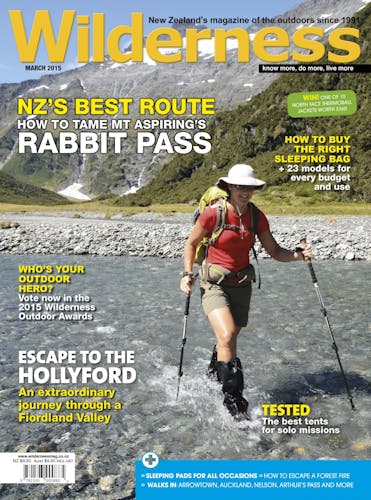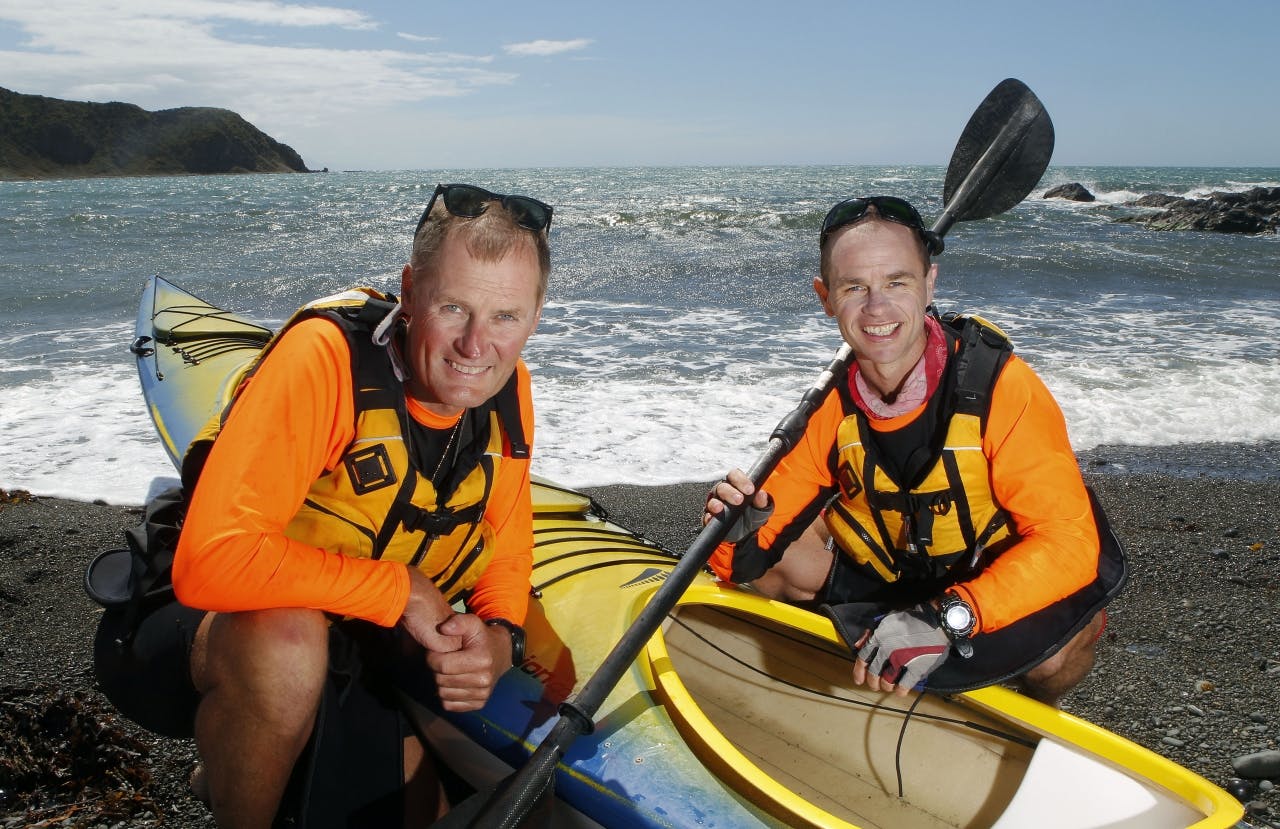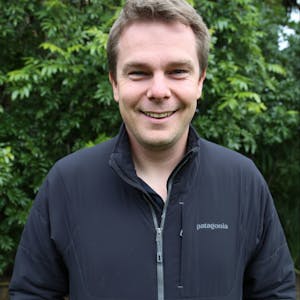Each year kiwi adventurer Grant Rawlinson uses his 20 days’ holiday to the max. Matthew Pike speaks to him about trips from Ruapehu to Aoraki and Scotland’s Ben Nevis to France’s Mont Blanc
Most of us try to use our precious annual leave wisely. We plan trips with new adventures, new places and new challenges. But inevitably, other priorities limit the time we can spend away. This summer, how much time did you spend in the hills compared to time completing domestic chores, appeasing arguing children and chatting to boring relatives?
For Grant Rawlinson, his annual leave is all about fun, and ‘fun’ for him is setting himself challenges to push his mental and physical abilities to the limit.
The keen adventurer lives in Singapore now and, in 2013, used 18 of his allocated 20 days climbing, cycling and kayaking from the summit of Mt Ruapehu to the summit of Aoraki/Mt Cook.
He has just released a book about the experience – From Peak to Peak – in which he describes trying to achieve the feat on a shoestring budget and how his co-adventurer, Alan Silva, completed the challenge while suffering the effects of giardia. These effects were particularly severe on the Aoraki summit day.
“I was very seriously in doubt we were going to summit,” says Rawlinson. “Because of Alan’s illness, progress was slow and there were big crevasses and lots of route finding to do. It was a massive relief when got down. The great thing about the journey was there was no guarantee of success until right at the very end.”
Yet before the trip began, the thing that scared Rawlinson the most was the thought of crossing the Cook Strait. He knew how rough conditions could be but when they arrived at Makara Beach the sea was flat. “Conditions couldn’t have been more perfect,” says Rawlinson. “The tides were also just right – it all lined up for us.”
After their initial ascent of Ruapehu, Rawlinson and Silva cycled to Taumaranui from where they could begin to kayak down the Whanganui River right down to the mouth. They used an inflatable kayak which was slow going. “We travelled 230km in 4 ½ days. It was slow but it did the job and didn’t cost anything. When we finished I rolled the kayak up and posted it back to myself.”
The two cycled to Makara Beach where the glorious Cook Strait crossing took them just over 10hr; this time on a more robust vessel.
They waited for their bikes to arrive on the ferry before cycling 750km in seven days to Mt Cook Village and beginning the final assault.
Another year brought another 20 days of opportunity and a work-trip to Aberdeen, on the east coast of Scotland, gave Rawlinson just the incentive he needed. “It was a long way to fly for a two-day meeting,” he says.
This peak to peak – from Ben Nevis to Mont Blanc – would require three times as much cycling (almost 2000km) and infinitely more rain.
“We wanted to climb one of Ben Nevis’ technical routes, but weather was so terrible we chose the more popular CMD arête route instead,” says Rawlinson.
The following three days were spent cycling through the likes of Glencoe, Loch Lomond, Glasgow and Gretna Green in relentless rain. In fact, for 50 per cent of their trip to the English Channel it was “raining like hell”. “The nicest day’s cycling was through the Yorkshire Dales,” explains Rawlinson. “It was so beautiful after the awful weather in Scotland.”
Once again they were lucky with the weather with the kayak crossing, though French bureaucracy limited their freedom. “The French have banned unorthodox crossings of the Channel,” explains a slightly disgruntled Rawlinson. “We had to get out and travel for five miles in a support boat to go through French shipping lanes, which was ridiculous and very annoying.”
A lack of time meant they needed to reach Chamonix, at the base of Mont Blanc quickly, so the intrepid cyclists opted for the direct route, rather than the scenic. When they arrived in Chamonix with aching legs, there was no time to waste before the climb.
Mont Blanc provided the only hairy moment of this trip. “On the first day we headed up the Mer de Glace glacier, which has massive crevasses and all the snow bridges had melted out. The mountain hut was situated 300m up a vertical rock buttress with massive gaps between the glacier and rock. The gaps were so deep we couldn’t see how far down they dropped. If we hadn’t made it up to the hut it would have been a very miserable experience.”
Luckily, they found a way up before dark and, two days later, were celebrating on the summit. But the overall experience hadn’t been as enjoyable as their New Zealand journey.
“On the UK trip there were so many more people,” says Rawlinson. “When on Ben Nevis, for instance, we would have passed 100-200 people. That’s not a wilderness experience. The French rules on the Channel were annoying and overall there was more rain than I would have appreciated.”
But Rawlinson’s craving for more peak-to-peaks hasn’t diminished. The next trip he’s considering is a journey from mainland Australia to Tasmania. But the Bass Strait is giving him doubts. “It’s a very gnarly piece of water.”








